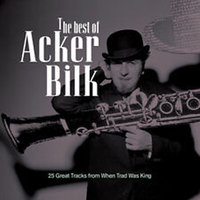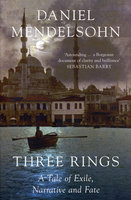New, Quality Gift Books - 50-90% off - over 2500 titles
Your basket is empty.
Categories Last Chance to buy! TIME TRAVELER'S GUIDE TO REGENCY BRITAIN
TIME TRAVELER'S GUIDE TO REGENCY BRITAIN
Book number: 94997
Product format: Hardback
In stock
Bibliophile price
£11.00
Published price
£26
Customers who bought this product also bought
|
LOVING YOU: 60 Beautiful Love Songs CD
Book number: 95035
Product format: Unknown
Bibliophile price
£6.00
|
|
BEST OF ACKER BILK STRANGER ON THE SHORE CD
Book number: 95039
Product format: Unknown
Bibliophile price
£6.00
|
|
THREE RINGS: A Tale of Exile, Narrative and Fate
Book number: 95218
Product format: Paperback
Bibliophile price
£3.50
Published price
£8.99
|
ROGUES, REBELS AND MAVERICKS OF THE MIDDLE AGES
Book number: 95213
Product format: Hardback
Bibliophile price
£8.00
Published price
£20
|
PRINCESS OF MANTUA
Book number: 95211
Product format: Hardback
Bibliophile price
£4.50
Published price
£9.99
|
Browse these categories as well: Last Chance to buy!, Great Britain, Maps & the Environment, History










